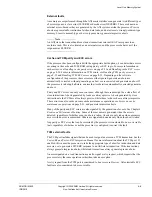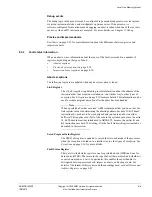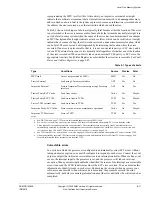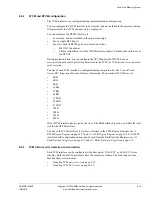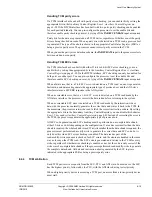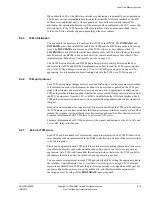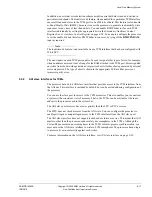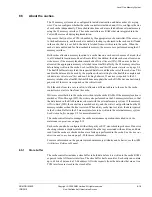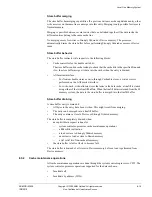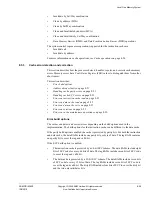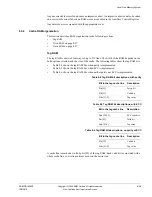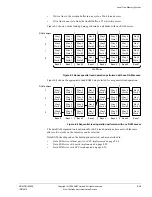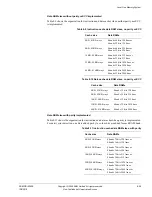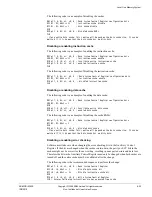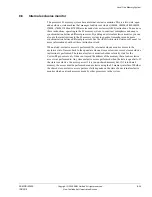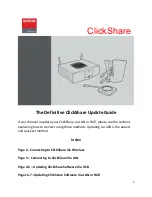
Level One Memory System
ARM DDI 0363E
Copyright © 2009 ARM Limited. All rights reserved.
8-20
ID013010
Non-Confidential, Unrestricted Access
•
Invalidate by Set/Way combination
•
Clean by address (MVA)
•
Clean by Set/Way combination
•
Clean and Invalidate by address (MVA)
•
Clean and Invalidate by Set/Way combination
•
Data Memory Barrier
(DMB) and
Data Synchronization Barrier
(DSB) operations.
The system control coprocessor operations supported for the instruction cache are:
•
Invalidate all
•
Invalidate by address.
For more information on cache operations, see
Cache operations
on page 4-54.
8.5.3
Cache error detection and correction
This section describes how the processor detects, handles, reports, and corrects cache memory
errors. Memory errors have
Fault Status Register
(FSR) values to distinguish them from other
abort causes.
This section describes:
•
Error build options
•
Address decoder faults
on page 8-21
•
Handling cache parity errors
on page 8-21
•
Handling cache ECC errors
on page 8-22
•
Errors on instruction cache read
on page 8-23
•
Errors on data cache read
on page 8-23
•
Errors on data cache write
on page 8-23
•
Errors on evictions
on page 8-23
•
Errors on cache maintenance operations
on page 8-23.
Error build options
The caches can detect and correct errors depending on the build options used in the
implementation. The build options for the instruction cache can be different to the data cache.
If the parity build option is enabled, the cache is protected by parity bits. For both the instruction
and data cache, the data RAMs include one parity bit per byte of data. The tag RAM contains
one parity bit to cover the tag and valid bit.
If the ECC build option is enabled:
•
The instruction cache is protected by a 64-bit ECC scheme. The data RAMs include eight
bits of ECC code for every 64 bits of data. The tag RAMs include seven bits of ECC code
to cover the tag and valid bit.
•
The data cache is protected by a 32-bit ECC scheme. The data RAMs include seven bits
of ECC code for every 32 bits of data. The tag RAMs include seven bits of ECC code to
cover the tag and valid bit. The dirty RAM includes four bits of ECC to cover the dirty bit
and the two outer attributes bits.



